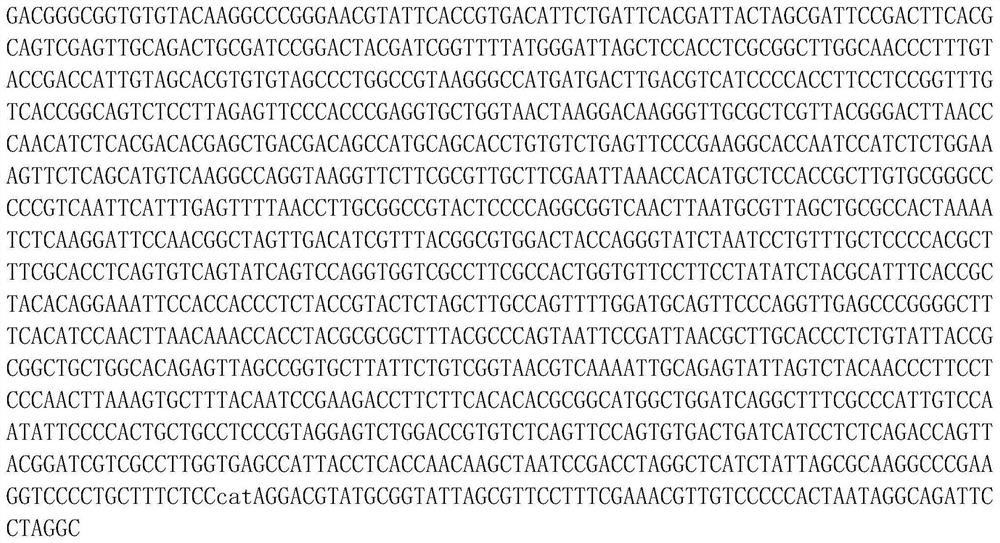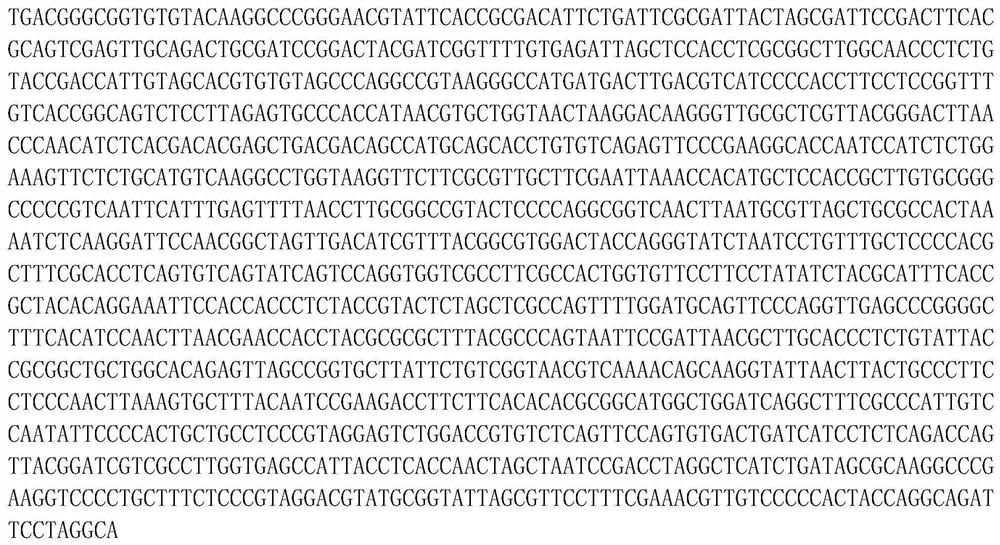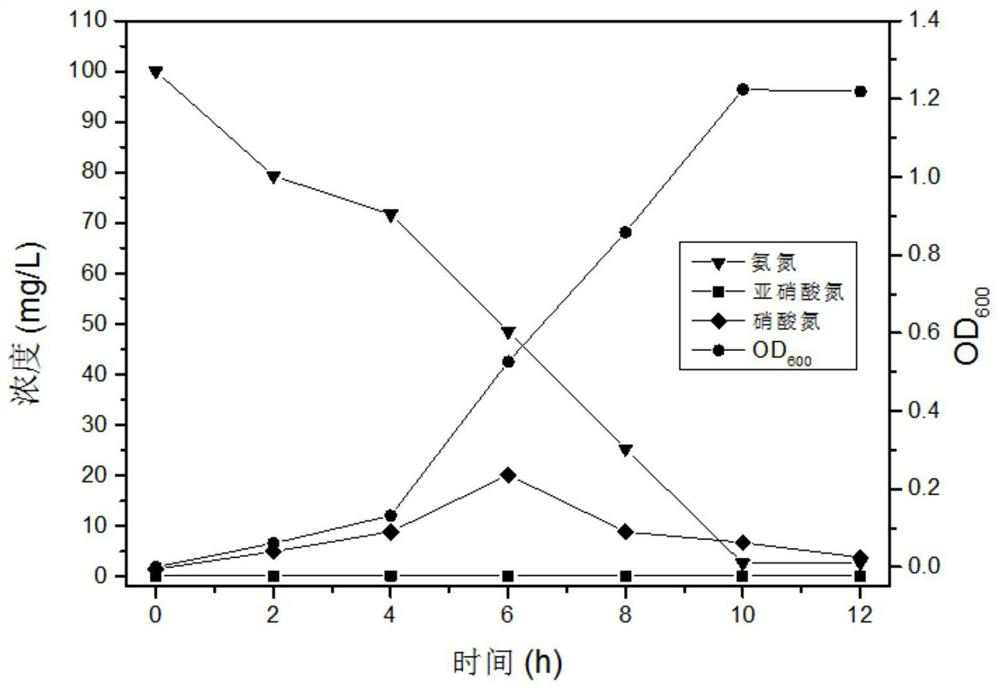Indigenous high-efficiency denitrification strains of Pseudomonas fulva K3 and Pseudomonas mosselii K17 in soil of rare earth leaching site and application of strains
A technology of ore leaching and field application in the direction of bacteria, chemical instruments and methods, biochemical equipment and methods, etc., can solve the problems of insufficient denitrification ability and intolerance, and achieve low cost, strong tolerance and adaptability Sexual and efficient removal effect
- Summary
- Abstract
- Description
- Claims
- Application Information
AI Technical Summary
Problems solved by technology
Method used
Image
Examples
Embodiment 1
[0041] Inoculate the native high-efficiency denitrification bacterial strain K3 in the soil of the rare earth leaching site stored on the slant of the test tube at 4°C to a plate containing a solid medium for denitrification (see 3-(2) for the preparation method of the plate), and cultivate at 28°C 12h, to achieve strain activation. Under sterile conditions, use an inoculation loop to inoculate the activated strain into a 250mL Erlenmeyer flask filled with 100mL of denitrification liquid medium, place the Erlenmeyer flask in a shaker and culture it for 12 hours at 28°C and 165r / min. , to obtain the seed solution. Based on the denitrification liquid medium, the initial concentration of ammonia nitrogen was adjusted to 100 mg / L, and the C / N ratio was 12 to obtain a simulated leachate from a rare earth leaching site. The seed solution was inoculated into 100mL of the sterilized simulated leachate from the rare earth leaching site with 2% inoculum amount, and the shaking culture ...
Embodiment 2
[0044] Seed liquid was prepared with reference to the method of Example 1. Based on the denitrification liquid medium, the initial concentration of ammonia nitrogen was adjusted to 200 mg / L, and the C / N ratio was 12 to obtain a simulated leachate from a rare earth leaching site. The seed solution was inoculated into 100mL of the sterilized simulated leachate from the rare earth leaching site with 2% inoculum amount, and the shaking culture was carried out under the conditions of 28°C and 165r / min, and samples were taken regularly to measure the ammonia nitrogen content, OD600, Nitrite nitrogen content, nitrate nitrogen content, drawn to get Figure 4 .
[0045] Depend on Figure 4 It can be seen that the concentration of ammonia nitrogen in the simulated leachate of the rare earth leaching site dropped from the initial 200mg / L to 1.4mg / L after 24 hours of inoculation seed solution treatment, and the calculation shows that the removal rate of ammonia nitrogen is as high as 99...
Embodiment 3
[0047] Seed liquid was prepared with reference to the method of Example 1. Based on the denitrification liquid medium, the initial concentration of ammonia nitrogen was adjusted to 300 mg / L, and the C / N ratio was 12 to obtain a simulated leachate from a rare earth leaching site. The seed solution was inoculated into 100mL of the sterilized simulated leachate from the rare earth leaching site with 2% inoculum amount, and the shaking culture was carried out under the conditions of 28°C and 165r / min, and samples were taken regularly to measure the ammonia nitrogen content, OD600, Nitrite nitrogen content, nitrate nitrogen content, drawn to get Figure 5 .
[0048] Depend on Figure 5 It can be seen that the ammonia nitrogen concentration in the simulated leachate of the rare earth leaching site dropped from the initial 300 mg / L to 12.37 mg / L after 48 hours of inoculation seed solution treatment, and the calculation shows that the ammonia nitrogen removal rate is as high as 95.8...
PUM
 Login to View More
Login to View More Abstract
Description
Claims
Application Information
 Login to View More
Login to View More - R&D
- Intellectual Property
- Life Sciences
- Materials
- Tech Scout
- Unparalleled Data Quality
- Higher Quality Content
- 60% Fewer Hallucinations
Browse by: Latest US Patents, China's latest patents, Technical Efficacy Thesaurus, Application Domain, Technology Topic, Popular Technical Reports.
© 2025 PatSnap. All rights reserved.Legal|Privacy policy|Modern Slavery Act Transparency Statement|Sitemap|About US| Contact US: help@patsnap.com



